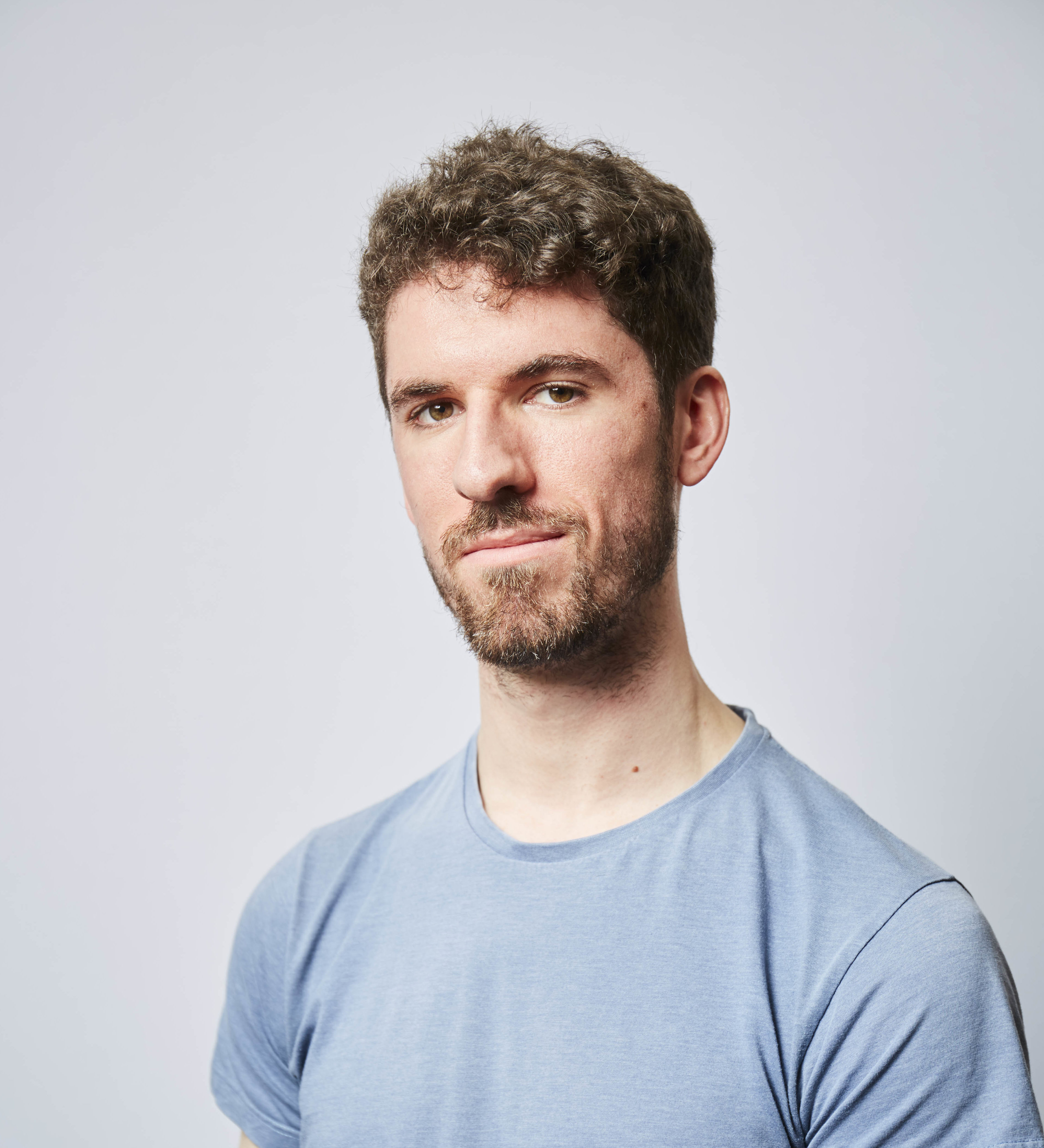Investigating Clinical Translation - Piers Wilkinson
Written by Piers Wilkinson

I’m currently mostly working on my systematic review, the primary piece of coursework from the first year of the CDT programme. My title is “An Assessment of the effectiveness of orthopaedic bone gene therapy in non-rodent animal models and readiness for translation”. I’m aiming to try and establish if there’s sufficient evidence to support early stage clinical translation of gene therapy for orthopaedic bone repair. Experiments in non-rodent animal models are such as rabbits, dogs, sheep, pigs and others are an important step towards clinical translation for orthopaedic treatments. These species are more similar to humans than commonly used models such as mice in terms of size, biomechanics and bone remodelling mechanisms. I’ve found that while the amount of research in the field using non-rodent animal models is fairly limited it is very diverse. This has both advantages and drawbacks. While it seems that many different approaches can work at a proof of concept level, there are so many differences between studies that it is difficult to compare them at anything other than a very broad level. Additionally, current studies typically neglect to study important safety factors such as immune responses and therapy persistence. The field would clearly benefit from deeper investigation of a more limited set of approaches. It seems more work is necessary before gene therapy for orthopaedic bone repair will be ready for clinical trials.
Besides my systematic review I am also beginning to prepare for work on my main PhD project, “Ultrasound activated gene activated scaffolds for orthopaedic bone repair”, supervised by Dr Georg Feichtinger. I’m in the process of preparing a poster summarising the current plans for my project, to be presented at the CDT TERM Research Symposium in early May.
